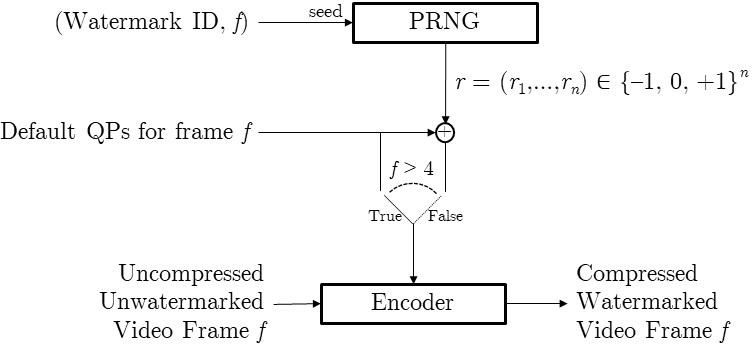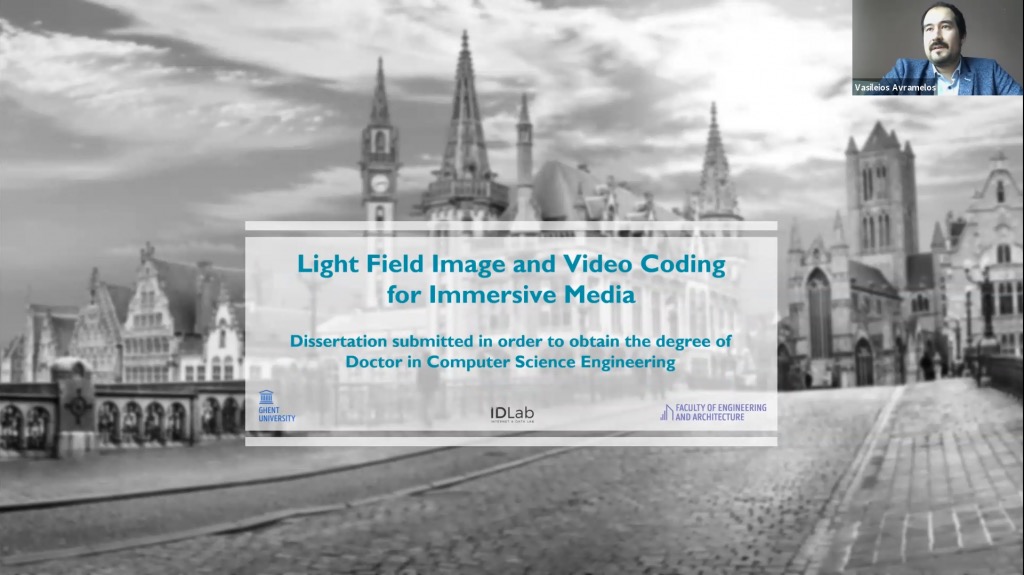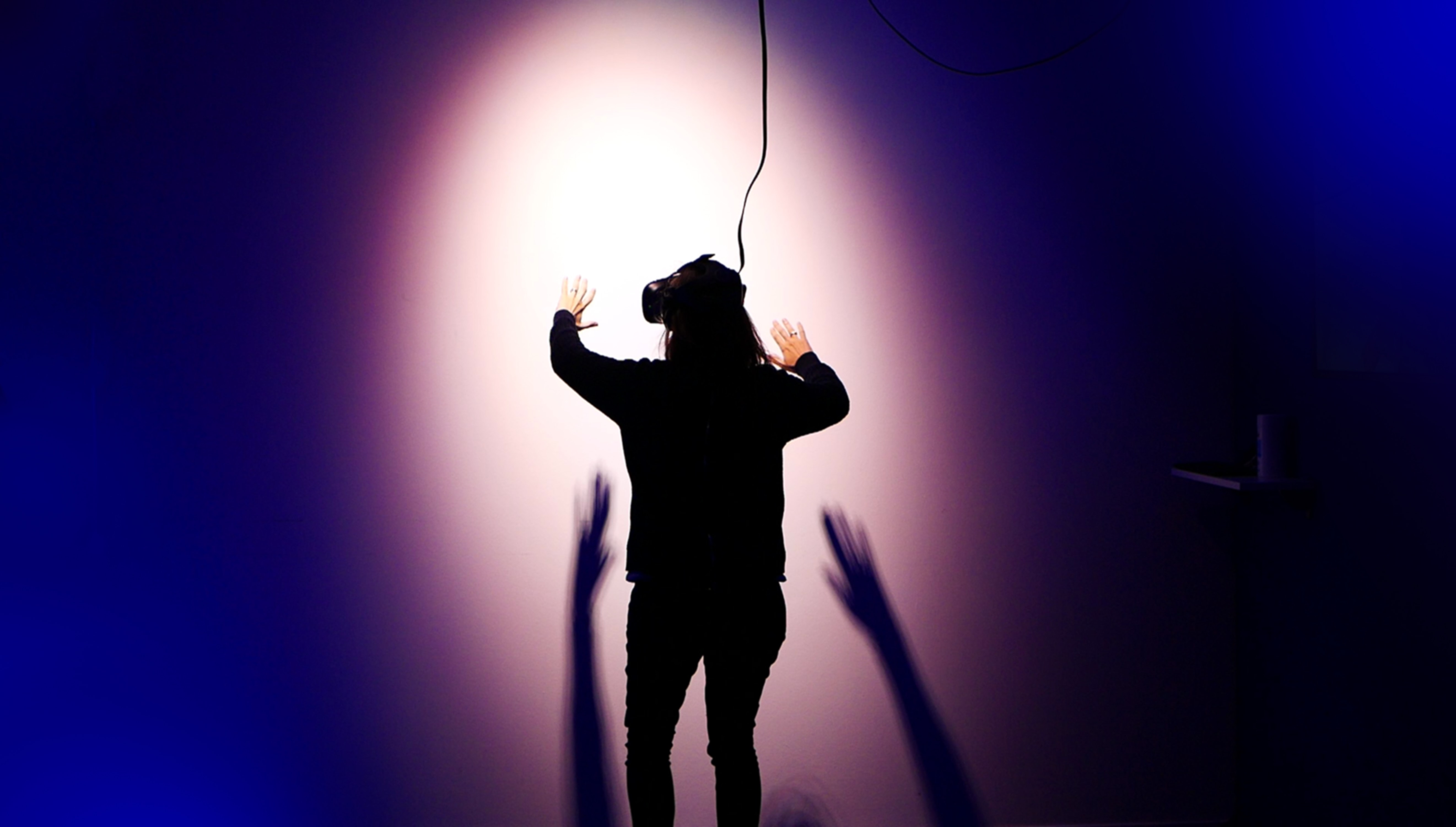Our paper, “Rate-Distortion-Preserving Forensic Watermarking using Quantization Parameter Variation”, has been accepted for publication in IEEE Access.
Watermarking enables the identification of digital pirates that illegally redistribute copyright-protected videos. One of the main challenges is for the watermark to be imperceptible, while not increasing the video bit rate. Additionally, the system should be robust to attacks that attempt to remove the watermark.
Therefore, this paper proposes a robust watermarking technique that does not degrade the video quality nor negatively affect the video bit rate. In other words, it preserves the video encoder’s compression efficiency or rate-distortion performance. For watermark embedding, the quantization parameters are varied during video compression. As a result, different compression artifacts are introduced, although they do not distort the video more than those that occur during ordinary video compression. The collection of compression artifacts represents the watermark and is used for watermark detection.
 High-level diagram of watermark embedding method. The QPs of the first 4 frames of every video segment are randomly changed during encoding.
High-level diagram of watermark embedding method. The QPs of the first 4 frames of every video segment are randomly changed during encoding.
The experimental results prove that the proposed approach retains the rate-distortion performance better than state-of-the-art techniques. For example, compared to our previous work that also uses compression artifacts, the BD-rate improved from approximately 9% to approximately 0%. Furthermore, the watermarks are robust to recompression and noise attacks.
In conclusion, the proposed method enables content providers to perform forensic watermarking without affecting the compression efficiency.
This work was done in collaboration with dr. Md. Asikuzzaman from the Imaging research group at UNSW Canberra.
Paper: Rate-Distortion-Preserving Forensic Watermarking using Quantization Parameter Variation








